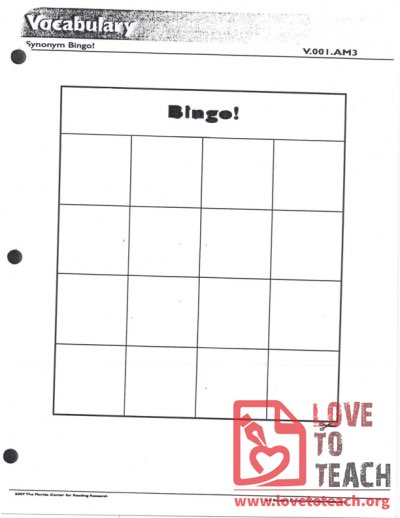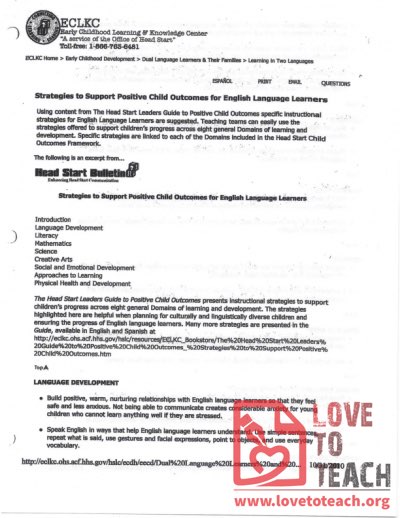Language Arts (381)
Whether you're focusing on comprehension strategies, literary analysis, or honing writing techniques, we provide a diverse array of materials to support your teaching objectives. From engaging literature guides to interactive grammar activities, our resources are designed to spark curiosity, inspire creativity, and cultivate a deep appreciation for the power of language.
Penguin worksheet for coloring. Smiling penguin, wearing a bow tie.
Snap words, also known as high frequency words: you are encouraged to cut these cards apart and post them in a place where your child can see them and practice reading them.
Some ideas for ways in which adults can help young children develop good speech and language are.
Card game: Students segment words and record the number of syllables.
Say the name of the picture - circle its name: cake, cape, nail, rain, rake, tape, game, vase, ape
Is my child's speech or language delayed? Carolyn A. Weiner, M.A., C.C.C Parents are often the first adults to notice a possible delay in their child's speech or language development. Your child's speech may not be clear. Or, your child may use shorter sentences than other children the same age.
Some things to focus on to help your child speak more easily: Easy talking, reduced pace and time pressures, repeat and rephrase
Worksheets for helping kids participate in conversation: at home, outside, on the road, and supermarket.
Worksheet for writing four-letter words: three words per page
Using technological advances made during the last decade, psychologists, early childhood experts, neurobiologists, and others have amassed tremendous knowledge about the ways infants acquire knowledge. Let's embark on a "guided tour" of speaking and reading, the methodology used to gain insights into the various means of communication, and suggestions for early childhood educators, including parents, on effective ways to enhance language acquisition from the fetal stage to preschool age.
High frequency word cards are an important part of Scott Foresman Reading Street phonics and vocabulary instruction. These cards are geared to interactive learning and group involvement. Children use them to learn to recognize and use high-frequency vocabulary words.
Trace the uppercase and lowercase "E" on the dashed lines. Color the engine, egg, and "eleven"
Syllable splitting, phenome segmentation. Sing to the tune of "You are my sunshine" Includes ideas for extra verses
Make the most of "wait time" in your classroom. Use the bonus ideas to productively fill extra moments.
Strategies to support children's progress across eight general Domains of learning and development. The strategies highlighted here are helpful when planning for culturally and lingistically diverse children and ensuring the progress of English language learners.
Sing to the tune of "Boom Boom, Ain't It Great to be Crazy" Includes additional verses
Children participate in a series of activities that help them realize words are made up of syllables. For example, "Can you count the syllables or the word parts in football?"
Page 15 of 20




















